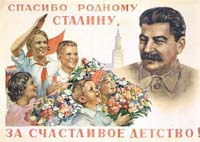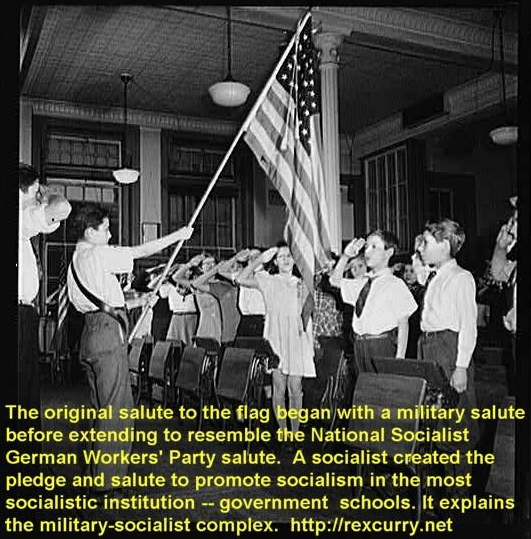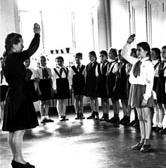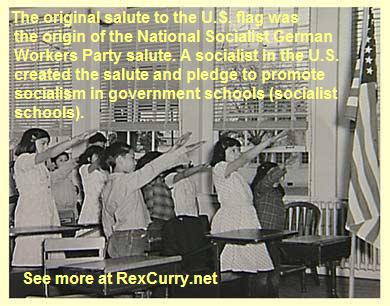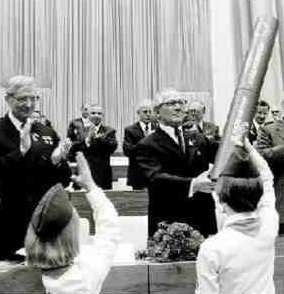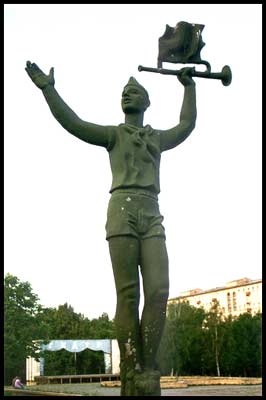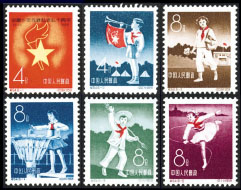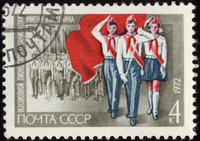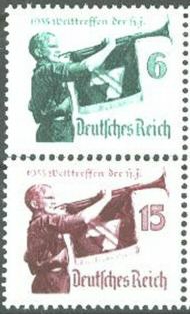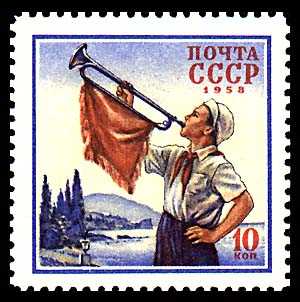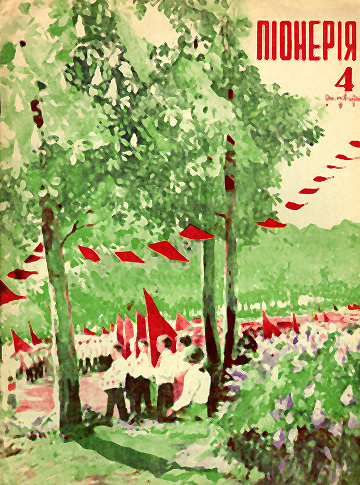
Social Security Tattoos and American Flag tattos & flag fetishism inpired similar behavior in the Union of Soviet Socialist Republics.
http://rexcurry.net/ussr-socialist-swastika-cccp-sssr.html
Soviet Socialist Swastikas are related to tattoo topics in the USSA (United Socialist States of America) http://rexcurry.net/tattoos.html
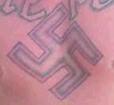 Soviet Socialist Swastikas are scary reminders of similar symbolism
under the National Socialist German Workers Party. It
is a scary reminder of tattooing that was forced upon people persecuted
in Germany. It is related swastika fetishism,
and the "Socialist Slavery" symbolized by the overlapping S-letters
of the swastika under the NSDAP. See http://rexcurry.net/swastika.html
Soviet Socialist Swastikas are scary reminders of similar symbolism
under the National Socialist German Workers Party. It
is a scary reminder of tattooing that was forced upon people persecuted
in Germany. It is related swastika fetishism,
and the "Socialist Slavery" symbolized by the overlapping S-letters
of the swastika under the NSDAP. See http://rexcurry.net/swastika.html

